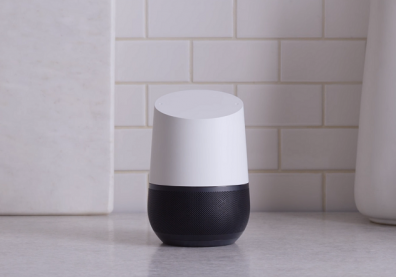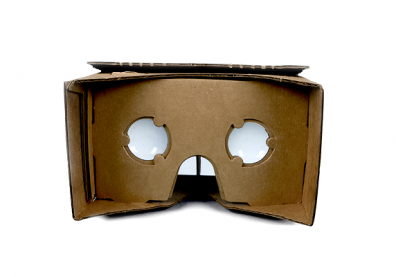As mobile applications specialist BiTE interactive recently released a survey revealing that 38 percent of people would not buy or wear Glass even if they could afford one, Project Glass Senior Developer Advocate Timothy Jordan hosted the Developing for Glass panel during day two of the company's I/O conference on Thursday in San Francisco.
The high tech eyewear is getting Twitter, Facebook, Tumbler, The New York Times, Evernote, CNN and Elle Magazine support today. Jordan says that Google's goal was to make the device a simple device that'll eventually become second nature.
"Glass is a very now device," says Jordan.
Twitter will provide user's stream with various photos and tweets. Photos taken through Glass and be instantly uploaded to a users Twitter feed. Video and news updates will come from CNN's app. Expect the TV news station to make use of Glass for its iReport. Elle's app will show snippets of an article's headline that can be added to a user's reading list or read aloud. There was also a street fashion function for the Elle app that'll probably be used to spot fashionable people at any moment's notice.
Photo sharing with immediate posting on a user's timeline is the biggest addition to Facebook's Glass support. Captions and descriptions to images can even be added through voice input.
According to Jordan, Glass will also get video streaming for broadcasting and a development kit (GDK) in the future.
Glass' Video streaming processing will be handled by Google and be viewable through URL attachment. The GDK is currently still being built and Jordan asked developers to pitch in ideas to make it an easier and more efficient development tool for Glass.
"Tell us what your dreams are for Glass," Jordan says.
Jordan also warned developers of the possible legal and ethical ramifications for Glass developments.
"Avoid the unexpected," Jordan explains. "It's bad on any platform, but particularly dangerous on Glass."
Spokeswoman for Google Courtney Hohne told the New York Times earlier this month that google is always thinking about potential security and privacy issues.










